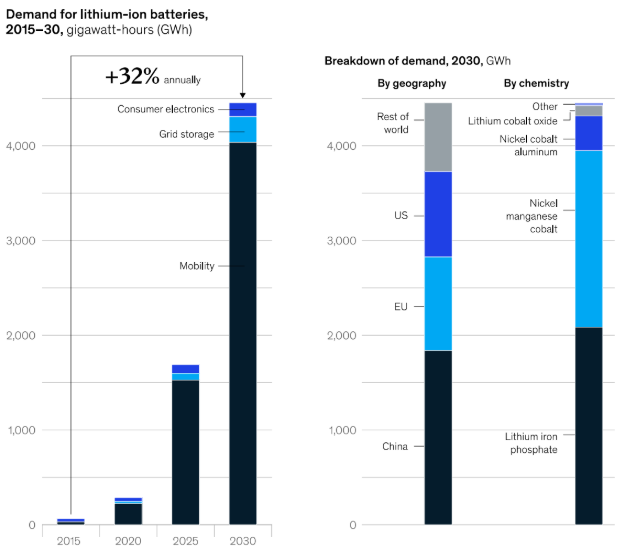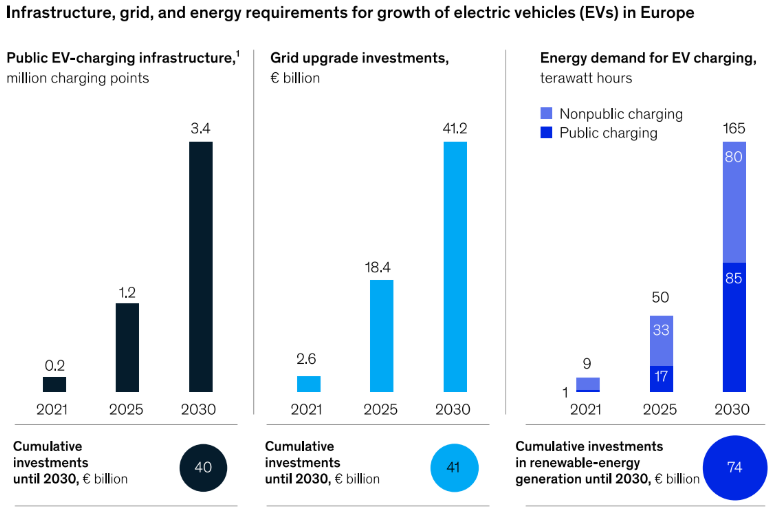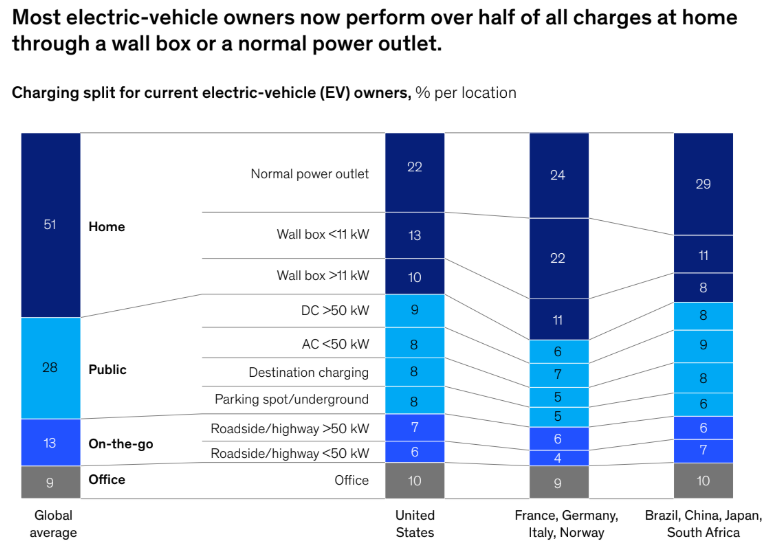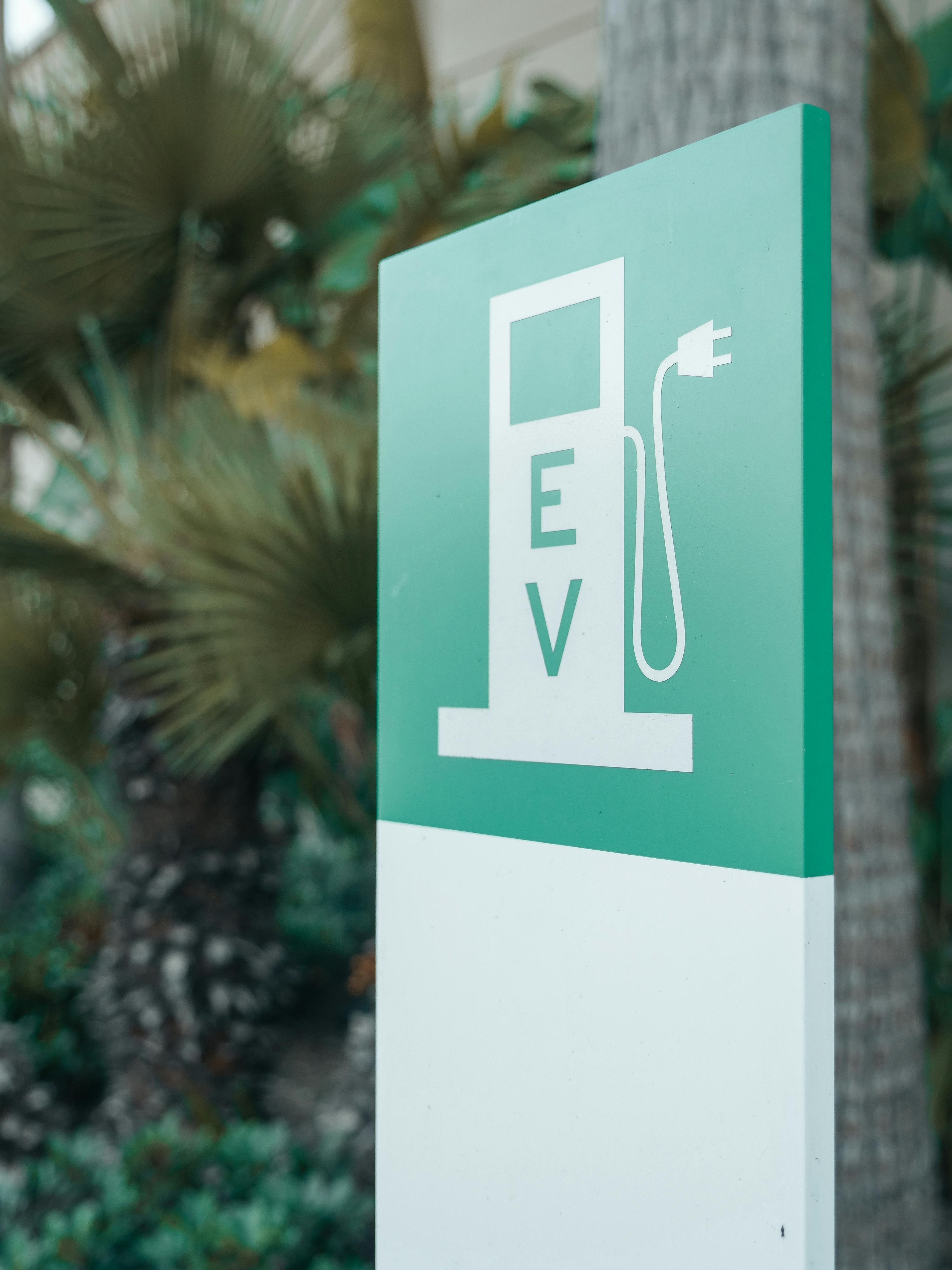Hey everyone, let’s chat about electric vehicles (EVs) and getting the charging infrastructure ready for them!
Imagine a future where driving an EV is just as easy, if not easier, than driving a traditional car with an internal combustion engine (ICE). Picture seamlessly pulling up to a charger anywhere you need it – at home, at work, at the grocery store, or on a long road trip – knowing it will be available, reliable, and fast. The charging experience is smooth, payment is simple, and you have all the real-time info you need right at your fingertips. This isn’t just a dream; it’s a vision for the future of mobility. EVs are vital for meeting net zero commitments and are currently the only viable alternative to ICE vehicles for reducing transport emissions. The momentum behind EVs is pushing them towards mass adoption.

Now, let’s look at where we are. Just recently, the rapid expansion of the EV market, global adoption rates are still behind projections. This highlights that while we’re making progress, there are still significant challenges we need to overcome.
So, what are these hurdles? Building out a robust and accessible charging network to support the growing number of EVs is definitely a big one. While many EV drivers charge at home or work, public charging is super important, especially as more people who can’t charge at home start buying EVs.
So what are some of the key problems we’re facing?, and why they’re tough?
- Not enough public chargers: We simply need way more charging stations than we have now to keep up with the growth in EVs. *For example, the US needed about 9.5 million charging ports by 2025 and will need 28 million by 2030, a huge leap from the 2.6 million available in 2022. **Europe also needs millions more public chargers by 2030.
*Exploring consumer sentiment on electric- vehicle charging: McKinsey, 2024
**Electric vehicle charging stations in Europe by McKinsey, 2024
- Finding and using chargers can be a pain: Drivers struggle to find available chargers with the speed and cost they need because information is limited and apps aren’t always great. Different pricing systems and payment methods can also be confusing and a hassle. Customer experiences with public charging are often unsatisfying.
- Chargers are not always reliable: Chargers can be broken or out of service at public charging infrastructures and stations.
- Managing the power grid is challenging: Charging, especially fast charging, puts a lot of demand on the power grid. The grid needs significant upgrades to handle the increased electricity demand from EVs. Peak load times, like when many people charge at once, can create local bottlenecks.
- High costs: EVs can be expensive. The cost of charging infrastructure itself, especially fast chargers, can be high. Building new stations and upgrading the grid requires massive financial commitments.
- Slow build-out: Getting charging stations up and running can take a long time. Even leading European countries are behind the pace needed to meet 2030 targets.
- Lack of standardization: Different vehicles, chargers, and networks sometimes don’t communicate well. This lack of interoperability makes the charging experience less seamless.
- Supply chain issues: There are concerns about the supply of critical minerals for batteries and challenges in the overall battery supply chain.
- The “chicken-and-egg” problem: Private companies might hesitate to invest heavily in charging networks if there aren’t enough EVs yet, while consumers might hesitate to buy EVs if there aren’t enough chargers.
These problems are complex because they involve many different players – automakers, charge point operators (CPOs), utility companies, governments, and drivers. It requires a lot of coordination and investment.

But here’s the exciting part: If we can tackle these challenges head-on, that utopian future I described is absolutely achievable! Building a sufficient, reliable, and user-friendly charging infrastructure is crucial for making EVs appealing to more people and accelerating their adoption.
So, how can we overcome these hurdles?
- Build more chargers, faster: This is fundamental. We need to dramatically increase the number of public charging points. We need a faster pace of installation.
- Make public charging a great experience: This means improving apps and real-time information on charger availability and cost. We need consistent and easy payment systems. The design and operation of chargers should be user-friendly.
- Improve interoperability: We need common standards so vehicles and chargers can connect easily, and data flows smoothly across the ecosystem.
- Invest in the grid: Upgrades are necessary to handle the increased demand from EVs, especially fast chargers. Smart energy management and bidirectional charging (using the car’s battery to support the grid) can help balance loads.
- Government support is key: Governments can help by providing land at subsidized rates, setting favorable electricity tariffs for charging, and offering incentives for charger installation, especially in less profitable locations. Clear master plans for infrastructure rollout are needed. A focus on infrastructure can be more effective in driving EV adoption than just purchase subsidies.
- Encourage public-private partnerships: Collaboration between governments, utilities, automakers, and charging companies is essential to accelerate the build-out.
- Address battery challenges: Continue developing cleaner and more efficient battery technologies. Focus on building resilient supply chains and scaling up battery recycling efforts.
- Explore innovative charging solutions: Technologies like wireless charging could offer greater convenience in the future. Integrating renewable energy like solar directly with charging can also play a role.
- Leverage existing locations: Service stations, which have convenient locations worldwide, could play a major role in the e-mobility ecosystem.

It’s a complex puzzle, but with coordinated action and a focus on the customer experience, we can build the charging infrastructure needed to power the future of electric mobility!
What do you think are the biggest challenges we need to tackle? And what solutions do you find most promising? Let me know your thoughts in the comments below!
As we charge toward a future powered by electric mobility, building awareness, trust, and engagement around EV charging infrastructure is just as crucial as building the infrastructure itself. That’s where we come in. At Zamun, we help businesses across the EV and energy ecosystem craft data-driven marketing strategies, enhance digital customer experiences, and drive adoption through powerful storytelling and targeted campaigns. To know more about how we can take your organization to a higher orbit, visit Our Services Page or drop in an email to connect.)
FAQs
Because not everyone can charge at home! As more people switch to EVs, especially in cities, easy access to public charging is a must.
People don’t want EVs without enough chargers. But companies don’t want to build chargers until more people drive EVs. Solving this loop is key to speeding things up.
By creating better apps, simpler payment systems, and smoother experiences—plus using data to make sure chargers are where people actually need them.
Great question! Building trust, educating users, and creating seamless digital experiences can make EVs more approachable—and that’s where expert marketing makes all the difference.
Glossary
ICE: The full form of ICE engine is Internal Combustion Engine. These engines are heat engines that produce power by burning fuel within the engine’s combustion chamber
CPO: A Charge Point Operator (CPO) is a company or entity that owns and manages EV charging stations, ensuring they are functional, accessible, and meet the needs of EV drivers
